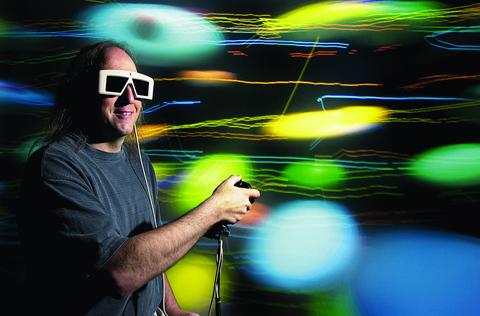Summary
ITL researchers realize that visualization of scientific data can provide an understanding of the phenomenon or data being studied. Visualization can be approached in the traditional qualitative way. For example, one way it contributes to theory validation is through demonstration of qualitative effects seen in experiments such as Jeffery's orbits as described in the visualization of high performance concrete. But visualizations can also be treated as objects of study and examined quantitatively. For example, in a tissue engineered scaffold structure, the measurements and analyses on the visualizations enabled comparison of key scaffold descriptors across images. The development of methods for the quantification of uncertainty in visualization provides the needed information to fully understand measurement and analysis in visualization. In this way the visualization environment becomes a Virtual Laboratory.
Description
Current visualization technology provides a full range of hardware and techniques from static two-dimensional plots, to interactive three-dimensional images projected onto a monitor, to large screen fully immersive systems allowing the user to interact on a human scale.
Immersive virtual reality (IVR) is an emerging technique with the potential for handling the growing amount of data from large parallel computations or advanced data acquisitions. The IVR systems take advantage of human skills at pattern recognition by providing a more natural environment where a stereoscopic display improves depth perception and peripheral vision provides more context for human intuition.
The techniques used for parallel computing and visualization, as well as the knowledge of hardware, are specialized and outside the experience of most scientists. The High Performance Computing and Visualization Group (HPCVG) makes use of our experience in solving computational and visualization problems as we collaborate with scientists to enhance and interpret their data. Results of this work include theory validation, experiment validation, new analysis tools, new insights, standard reference codes and data, new parallel algorithms, new measurement techniques, and new visualization techniques.


